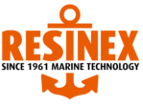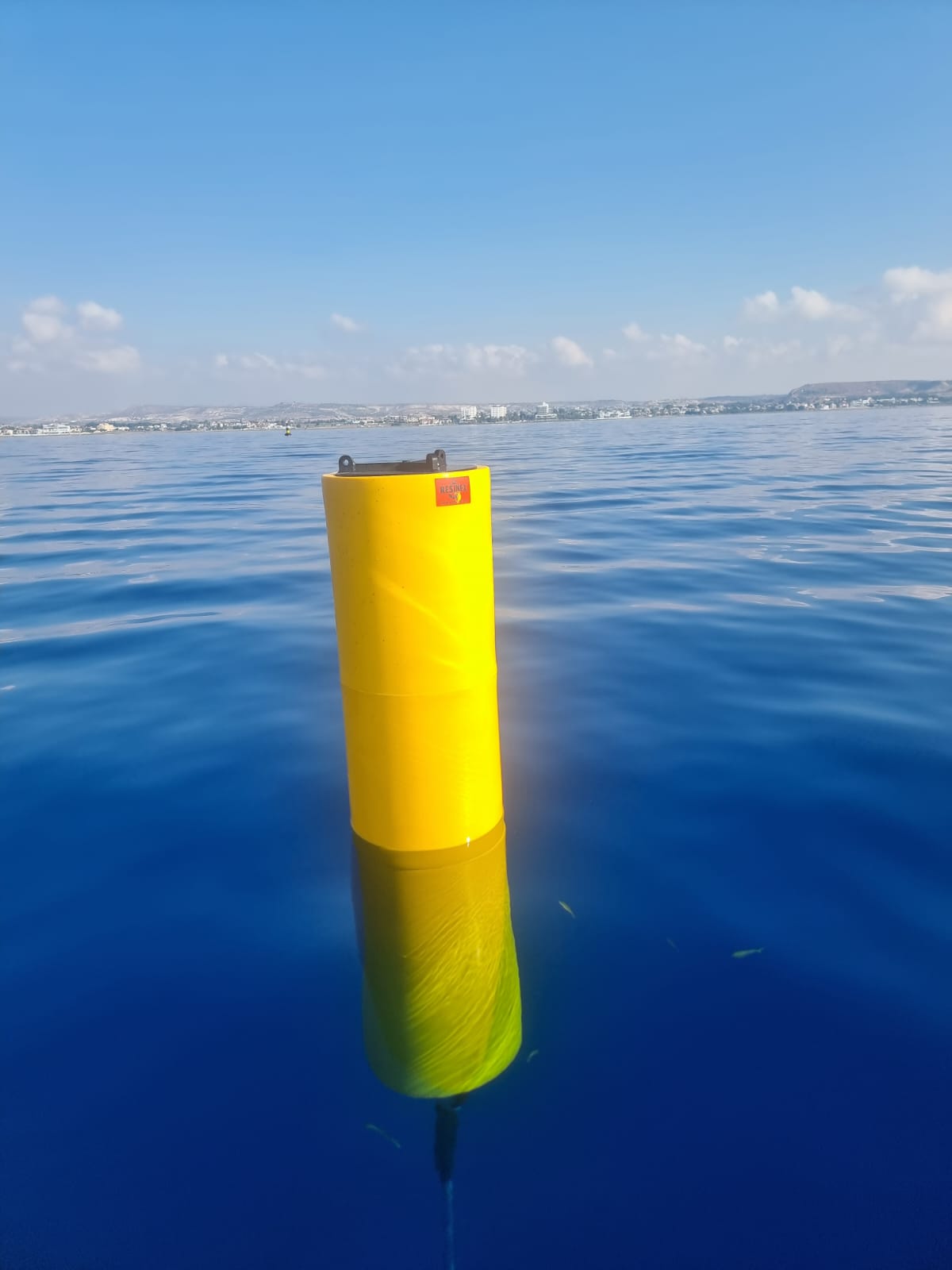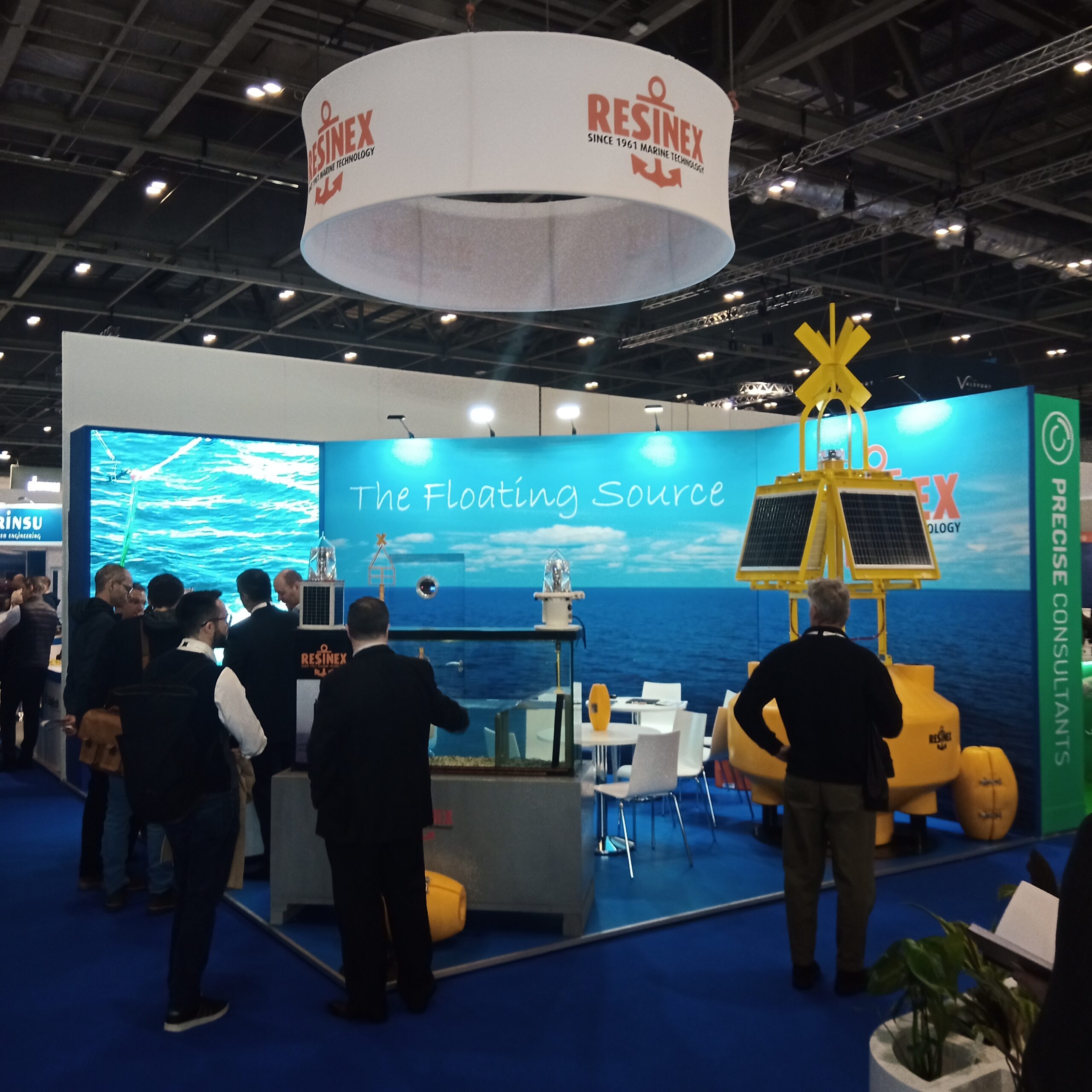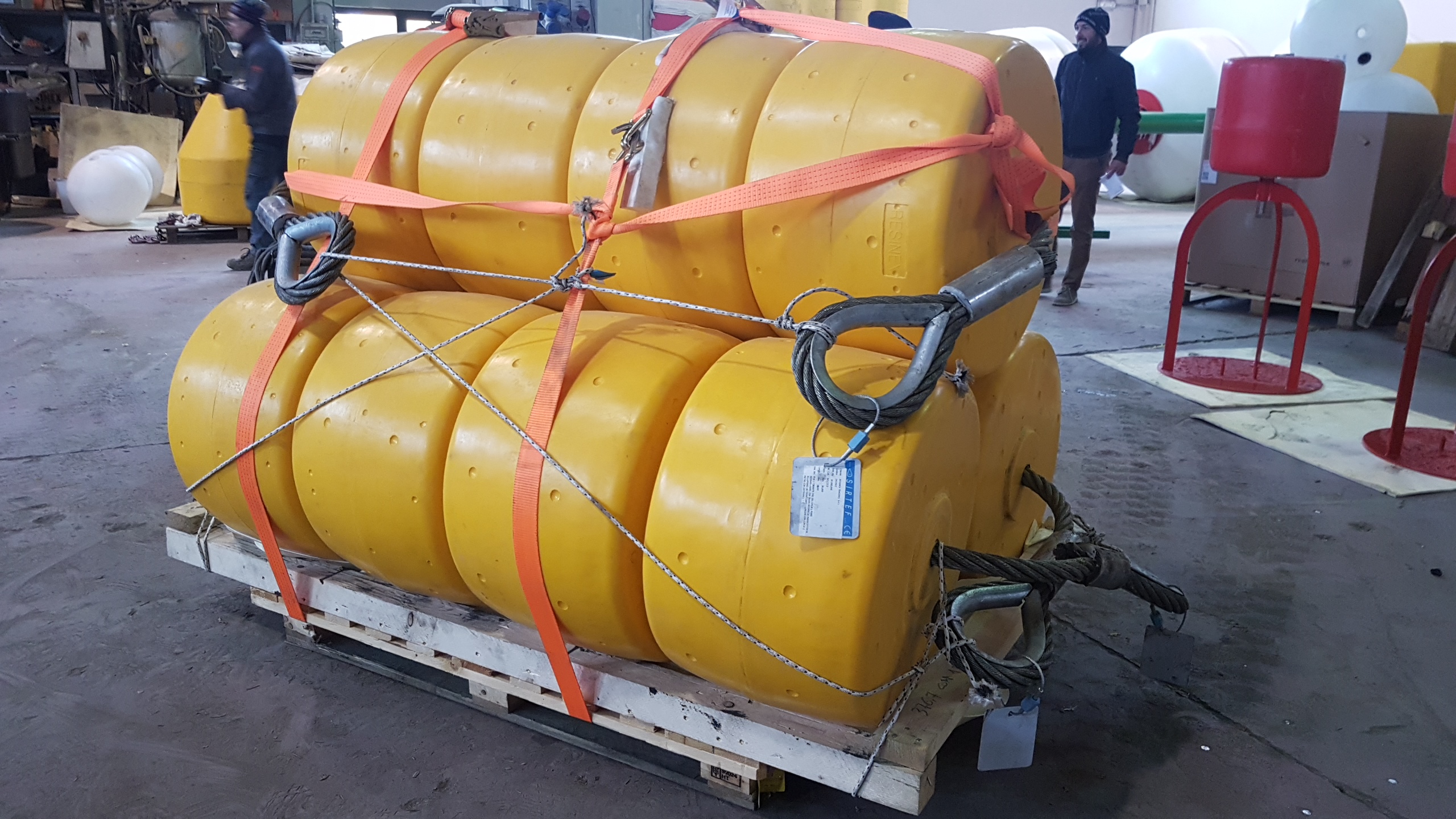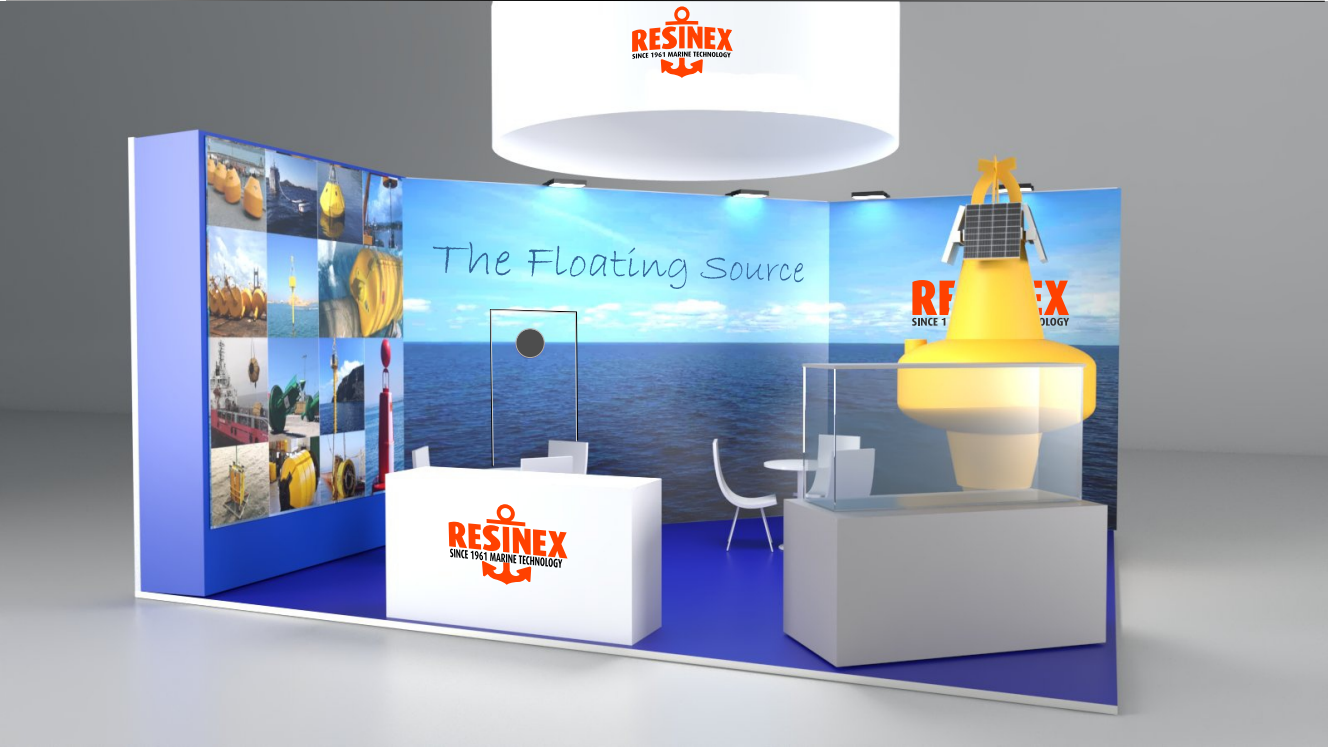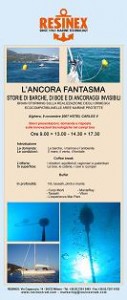 With regards to the problem of the eco-compatible anchorage, which has become central to the management evolution of marine parks and in order to make all the protected areas places of enjoyment and safe to the public with the adequate controls and vigilance, Resinex titled a convention “the phantom anchor: eco-compatible mooring in protected marine areas” which was held Friday 9th November 2007 at Alghero (North Sardinia). It must be remembered that “concrete sinkers” are still often employed in Italy using blocks of concrete of various dimensions placed on the marine bed connected to the buoy by a chain.
With regards to the problem of the eco-compatible anchorage, which has become central to the management evolution of marine parks and in order to make all the protected areas places of enjoyment and safe to the public with the adequate controls and vigilance, Resinex titled a convention “the phantom anchor: eco-compatible mooring in protected marine areas” which was held Friday 9th November 2007 at Alghero (North Sardinia). It must be remembered that “concrete sinkers” are still often employed in Italy using blocks of concrete of various dimensions placed on the marine bed connected to the buoy by a chain.
Cumbersome, invasive and, at times, devastating for the habitat, the use of concrete sinkers is a system to leave behind. Ok, but in what way? The Resinex convention was an opportunity to bring together the experts in the sector.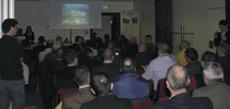
The managers of the protected marine areas, the producers of the most innovative systems of sea-bed anchorage, project technicians, sub aqua divers, entrepreneurs, mooring area managers, buoy producers, such as Resinex, all were impatient to report their personal experiences and divulge the future needs in the light of the various technical problems arising in the field. The attendees agreed on the need of a systematic approach in the preliminary survey of the creation of a mooring area, a survey of the characteristics of any particular place is indispensable: the meteo-marine conditions, the stability, problems related to local flora and fauna, the typology and stratigraphy of the bed (geotechnic survey).
All this information, together with the typology and size of the vessels that would use the mooring area is fundamental for an adequate planning of the installation. An accurate marrying of the diverse technical elements is also indispensable, with a global analysis of the project: eco-compatible anchorage; mooring lines equipped with jumpers, the surface buoys can be the resolution of specific problems linked to the characteristics of a particular place.
The convention organized by Resinex, the first of its kind in Italy, has begun to give an answer to a series of strategic technical needs for the future of eco-tourism.
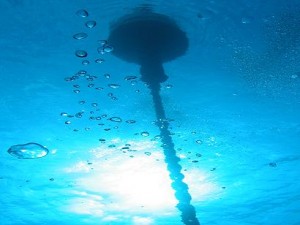 |
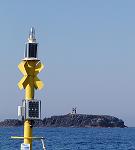 |
The Divemex plug
The double expansion Divemex plug was protected to obtain anchorage on a rocky bed and to satisfy three conditions: low environmental impact, safety and reduced installation and running costs.
It is made of stainless steel AISI 416: the head of the plug is substitutable according to its use. The eyeball is in standard galvanized steel that can be replaced with a coupling in stainless steel, or with a plate for bed anchorage in galvanized steel, with an eyeball in stainless steel. In respect to the concrete sinker, the Divemex plug has the advantage of being able to be positioned on the sea bed thereby obtaining a more stable anchorage and at the same time occupying less space.The Manta Ray anchorage
The Manta Ray System was created by the United States Navy with name “Pile Driven Plate Anchors” (PDPA), but after the expiry of the patent the Foresight Products company of Denver, present producer, changed the name to Manta Ray.
The Manta Ray anchor can come in various sizes to offer the best choice in relation to the sea bed it has to work on and to the traction it has to undergo. All are equipped with a cross cusp with a counter-sunk terminal and lateral wings to facilitate penetration into the ground.
In the rear part there is a cylindrical housing to accommodate the guiding utensil of the percussion hammer and to follow the direction of fixing. The Manta Ray anchorage is irremovable and in no event, when positioned correctly, can it plough the bed. Helix and Eco Blue: anchor screws
These anchors are preferred in environmentally sensitive areas and are recommended by agencies and scuba-divers since these anchors do not drag around the harbour bottoms or the Posidonia grasslands and are easily removed leaving the sea bed unaltered even after long periods of use.
Helix: These US anchors increase their holding in relation with the soil into which they are screwed. These square shaft anchors are installed with the aid of hydraulic devices able to screw the anchor through resisting soils.
Eco Blue 300: this italian system (top image) is made up of a special patented instrument, in stainless steel, that is manually actuated on the bed by only two divers from which there is a ping to fix the desired mooring line.The MarPark system
The Mirelli Engineering firm on behalf of Italgest and Safebay has developed mooring with buoys fitted with wireless technology. Through the joint venture of Em Sailing and Sisgen, buoy areas have been created for the mooring of pleasure craft with innovative methodology, but above all with no or next to none environmental impact. Resinex developed and produced, following exclusive technical specifications, the buoys tailored made for the remote controlled direction and management of the buoy areas. After diverse experiments the float-buoy MarPark configuration was reached, chain with jumper and again in depth with Manta Ray or micro pipes.
 |
 |
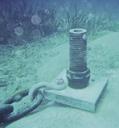 |
